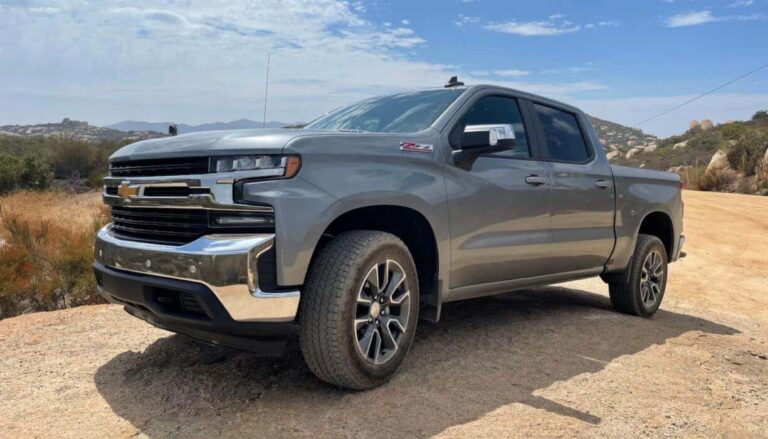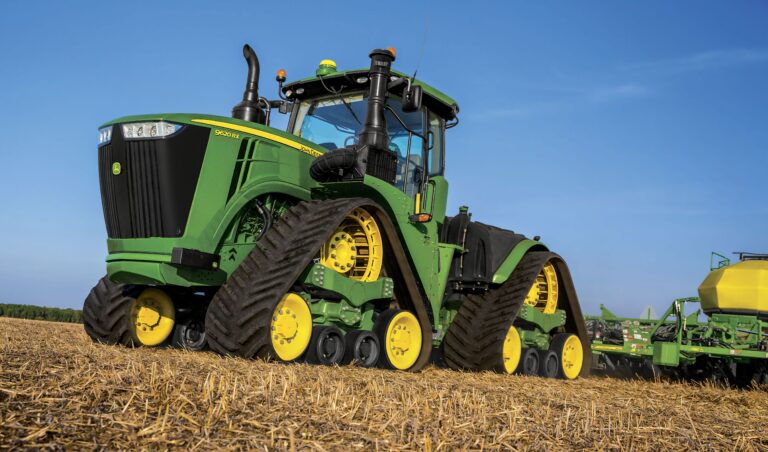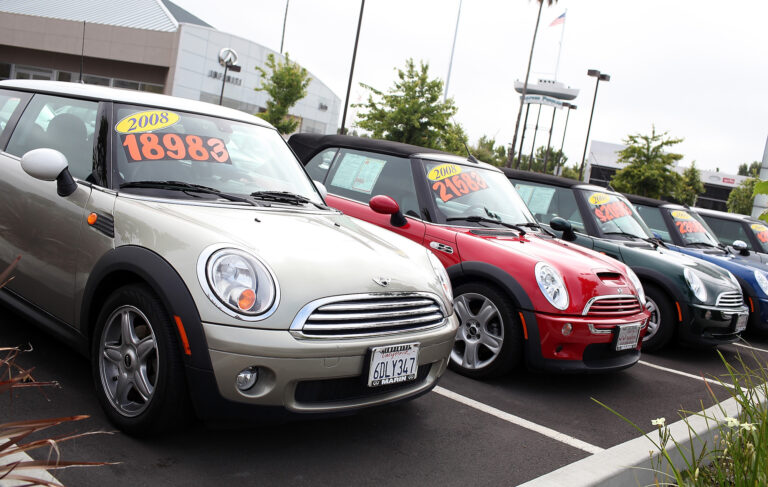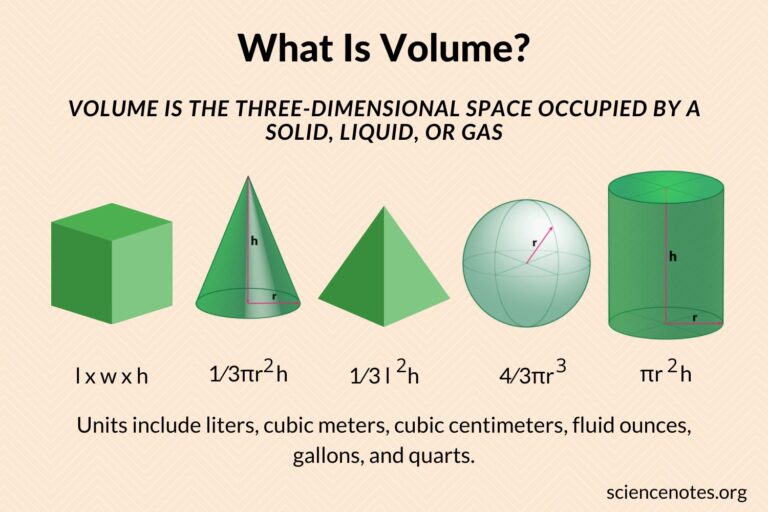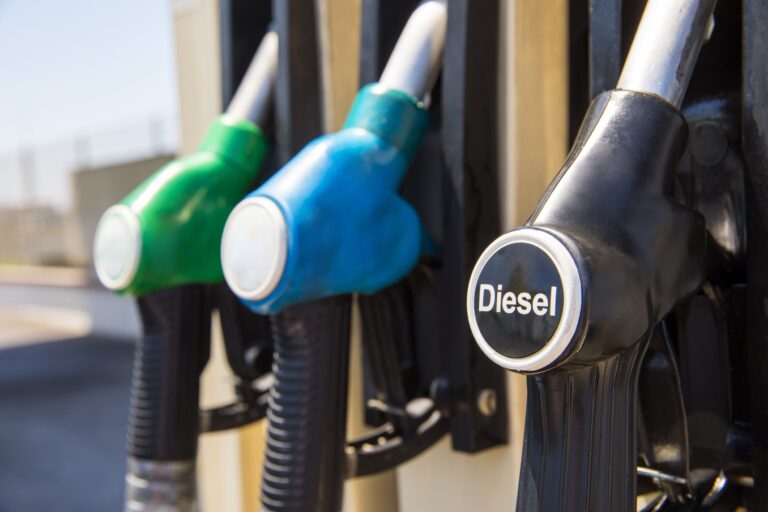Used Mazda B Series Trucks For Sale: Your Comprehensive Guide to a Reliable Workhorse
Used Mazda B Series Trucks For Sale: Your Comprehensive Guide to a Reliable Workhorse cars.truckstrend.com
In a market increasingly dominated by full-size trucks and crossover SUVs, the compact pickup segment often gets overlooked. Yet, for many, the humble compact truck represents the perfect blend of utility, affordability, and maneuverability. Among these unsung heroes, the Used Mazda B Series truck stands out as a remarkably practical and enduring option for buyers seeking value, reliability, and capability without the hefty price tag or cumbersome size of larger vehicles.
The Mazda B Series, with its lineage stretching back decades, carved a niche for itself as a dependable workhorse, a capable commuter, and an adaptable platform for various light-duty tasks. For those on a budget, first-time truck owners, or anyone needing a secondary utility vehicle, exploring the market for used Mazda B Series trucks can uncover a gem. This comprehensive guide will delve into everything you need to know about these versatile pickups, from understanding their history and models to practical buying advice and ownership tips.
Used Mazda B Series Trucks For Sale: Your Comprehensive Guide to a Reliable Workhorse
A Legacy of Dependability: Why Choose a Used Mazda B-Series?
The appeal of a used Mazda B Series truck lies primarily in its proven track record for reliability and simplicity. While Mazda produced its own distinct B Series models for many years, a significant turning point came in 1994 when the B Series effectively became a rebadged Ford Ranger in North America. This strategic partnership brought immense benefits to the Mazda truck, inheriting the Ranger’s robust chassis, reliable powertrains, and widespread parts availability.
Key Benefits of a Used Mazda B-Series:
- Unwavering Reliability: Thanks to its shared platform with the Ford Ranger, the B Series is known for its durable engines (both 4-cylinder and V6 options) and transmissions. These trucks were built to last, making them excellent candidates for the used market.
- Affordability: Compared to larger trucks or newer compact pickups, used B Series models are significantly more budget-friendly, both in initial purchase price and ongoing maintenance costs.
- Excellent Parts Availability: Due to the Ford Ranger commonality and the sheer number of these trucks produced, finding replacement parts is rarely an issue and often quite affordable. Aftermarket support is also robust.
- Maneuverability and Compact Size: For city driving, tight parking spaces, or navigating challenging off-road trails, the B Series’ compact dimensions are a distinct advantage.
- Fuel Efficiency (for its class): While not a hybrid, the 4-cylinder engines offer respectable fuel economy for a truck, making it a more economical choice for daily driving than many full-size alternatives.
- Versatility: From hauling gardening supplies and furniture to serving as a reliable daily commuter or an off-road adventure vehicle, the B Series adapts to a wide range of needs.
- Simplicity and DIY Friendliness: The relatively straightforward mechanical design makes these trucks easier to work on for the average home mechanic, saving on labor costs for routine maintenance.
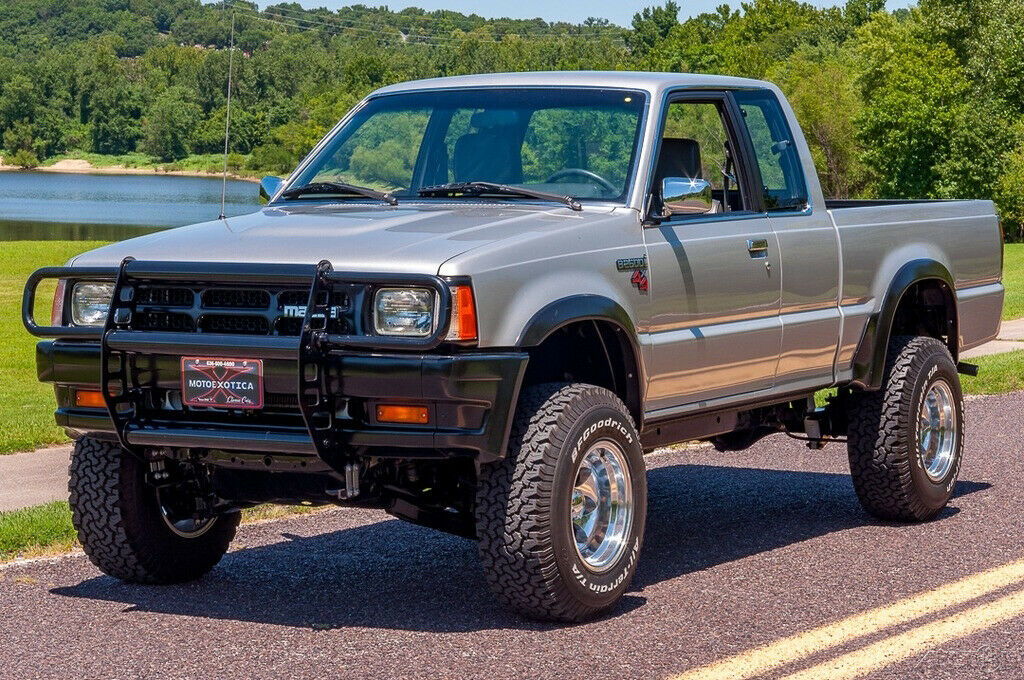
Choosing a used Mazda B Series means investing in a no-nonsense vehicle designed for utility and longevity, providing immense value for its price point.

Generations and Models: Navigating the B-Series Landscape
To effectively search for a used Mazda B Series, it’s helpful to understand the different models and generations available. While earlier, distinctly Mazda-engineered B Series trucks (like the B1600, B1800, B2000, and B2200 from the 1970s and 80s) exist and have a cult following, the vast majority of used Mazda B Series trucks you’ll encounter in North America from 1994 onwards are essentially Ford Rangers.
Post-1994 Mazda B Series Models (Ford Ranger-based):
- Mazda B2300: Typically equipped with a 2.3-liter 4-cylinder engine. These are the most fuel-efficient options, best suited for lighter loads and daily commuting.
- Mazda B2500: A less common model, usually featuring a 2.5-liter 4-cylinder engine, serving as a slight upgrade in power from the 2.3L.
- Mazda B3000: Powered by a 3.0-liter V6 engine. This offers a good balance of power for hauling and towing without significantly impacting fuel economy compared to the 4.0L.
- Mazda B4000: The most powerful option, featuring a 4.0-liter V6 engine. These models are ideal for heavier towing and more demanding tasks, and are frequently found with 4×4 drivetrains.

Cab and Drivetrain Configurations:
- Regular Cab: The most basic configuration, offering two seats and maximum bed length for a given wheelbase.
- Extended Cab (Cab Plus/Cab Plus 4): Features extra space behind the front seats, sometimes with small jump seats for occasional passengers or additional storage. The "Cab Plus 4" added two small rear-hinged doors for easier access.
- Bed Lengths: Typically available with short beds (around 6 feet) or long beds (around 7 feet).
- 2WD (Two-Wheel Drive): Ideal for pavement use, better fuel economy.
- 4WD (Four-Wheel Drive): Essential for off-road adventures, snow, or slippery conditions, offering superior traction.
When browsing, pay attention to these distinctions, as they directly impact the truck’s capabilities and suitability for your specific needs.
What to Look For: A Buyer’s Guide to Used B-Series Trucks
Buying any used vehicle requires diligence, and the Mazda B Series is no exception. While they are reliable, age and previous ownership can take their toll. A thorough inspection is crucial.
- Rust: This is arguably the biggest enemy of older trucks. Inspect the frame, bed mounts, wheel wells, rocker panels, cab corners, and undercarriage thoroughly. Surface rust is manageable, but extensive, penetrating rust on structural components is a deal-breaker.
- Engine Condition:
- Leaks: Look for oil, coolant, or transmission fluid leaks under the hood and on the ground.
- Noises: Listen for knocking, ticking, or grinding sounds.
- Smoke: Blue smoke indicates oil burning, white smoke could be coolant, black smoke suggests rich fuel mixture.
- Fluid Levels/Condition: Check oil (color, consistency), coolant (level, color), and transmission fluid (level, color, smell – burnt smell is bad).
- Transmission:
- Automatic: Shifts should be smooth, without harsh jerks or slipping. Check for delayed engagement.
- Manual: Clutch should engage smoothly, without slipping or excessive effort. All gears should engage easily without grinding.
- Suspension and Steering:
- Bounce each corner of the truck – it should rebound once or twice, not continue bouncing.
- Check for play in the steering wheel.
- Listen for clunks or squeaks over bumps.
- Brakes: Ensure the pedal feels firm and the truck stops smoothly without pulling to one side or pulsating.
- Tires: Check tread depth and wear pattern. Uneven wear can indicate alignment issues or worn suspension components.
- Electrical System: Test all lights (headlights, tail lights, turn signals, brake lights), wipers, horn, radio, power windows/locks, and HVAC (heating and air conditioning).
- Interior Condition: While not critical for function, excessive wear, rips, or strong odors can indicate neglect.
- Maintenance Records: Ask the seller for any service history. A well-maintained truck is always a better bet.
- Pre-Purchase Inspection (PPI): If you’re serious about a truck, especially from a private seller, invest in a PPI by an independent, trusted mechanic. They can spot issues you might miss.
The Buying Process: Where and How to Find Your B-Series
Finding the right used Mazda B Series involves strategic searching and careful evaluation.
- Online Marketplaces: Websites like Craigslist, Facebook Marketplace, AutoTrader, CarGurus, and local classifieds are prime hunting grounds for private sellers. This often yields the best prices but requires more vigilance.
- Used Car Dealerships: Dealerships may offer certified pre-owned options or more rigorous inspections, but prices will typically be higher. They also handle paperwork and often offer financing.
- Local Mechanics/Body Shops: Sometimes, these establishments know of reliable vehicles for sale, or might even have one themselves.
- Word of Mouth: Let friends, family, and colleagues know you’re looking. You might find a well-cared-for truck from someone you know.
Tips for the Test Drive and Negotiation:
- Test Drive Thoroughly: Drive on various roads (city, highway, bumps) to assess acceleration, braking, steering, and suspension. Listen for unusual noises. Engage 4WD if applicable.
- Check All Features: During the test drive, ensure all functions you checked during the inspection (AC, radio, wipers, etc.) work as they should.
- Be Prepared to Walk Away: Don’t get emotionally attached. If a truck doesn’t feel right or the seller is uncooperative, move on.
- Negotiate Based on Condition: Use any identified flaws from your inspection or PPI as leverage for price negotiation. Research market values for similar models in your area to guide your offer.
Owning and Maintaining Your B-Series: Tips for Longevity
Once you’ve acquired your Mazda B Series, proper maintenance is key to maximizing its lifespan and reliability.
- Adhere to Maintenance Schedules: Follow the recommended service intervals for oil changes, fluid checks (transmission, differential, brake, power steering), spark plug replacement, air filter changes, and tire rotations.
- Address Issues Promptly: Don’t ignore warning lights, strange noises, or leaks. Addressing small problems early can prevent them from becoming costly major repairs.
- Rust Prevention: Especially if you live in a rust-prone area, consider applying undercoating or rust inhibitors to the frame and body. Regularly wash the undercarriage, especially after driving on salted roads.
- Common Wear Items: Be prepared to replace items like brakes, tires, belts, hoses, and suspension components (shocks, bushings) as they wear out with age and mileage.
- DIY Potential: Take advantage of the B Series’ simple design. Many routine maintenance tasks like oil changes, spark plug replacement, and brake jobs can be done at home with basic tools, saving money.
- Upgrades: The B Series/Ranger platform has a massive aftermarket. You can easily find lift kits, upgraded wheels and tires, utility racks, bed liners, and audio system upgrades to personalize your truck.
Addressing Potential Challenges: Solutions for Common B-Series Issues
While reliable, the B Series isn’t without its quirks or age-related issues.
- Challenge: Rust: As mentioned, rust can be a major concern, particularly in the northern states or coastal regions.
- Solution: Thorough pre-purchase inspection. For minor rust, consider rust conversion products and paint. For severe structural rust, professional repair is costly and often not worth it unless the truck has sentimental value. Prevention (undercoating, regular washing) is best.
- Challenge: Age-Related Wear: Bushings, seals, and gaskets can degrade over time, leading to leaks or worn suspension.
- Solution: Factor potential replacement of these components into your budget. Many are relatively inexpensive and straightforward to replace.
- Challenge: Limited Creature Comforts (Older Models): Early B Series models lack modern amenities like touchscreens, advanced safety features, or premium interiors.
- Solution: Aftermarket upgrades can address some of these. A new head unit with Bluetooth and a backup camera, better speakers, or seat covers can significantly improve the driving experience.
- Challenge: Payload/Towing Limitations: While capable for a compact truck, it’s not a heavy-duty hauler. Overloading can cause premature wear and be unsafe.
- Solution: Understand your specific truck’s payload and towing capacities (check the owner’s manual or driver’s side door jamb sticker). Don’t exceed them. For heavier jobs, consider renting a larger truck.
Used Mazda B Series Trucks For Sale: Estimated Price Ranges
Prices for used Mazda B Series trucks vary widely based on year, model, mileage, condition, drivetrain (2WD vs. 4WD), and geographical location. The table below provides general estimated ranges for models from the 1994-2009 Ford Ranger-based generation.
| Model / Year Range (Approx.) | Condition | Typical Price Range (USD) | Key Features / Notes |
|---|

